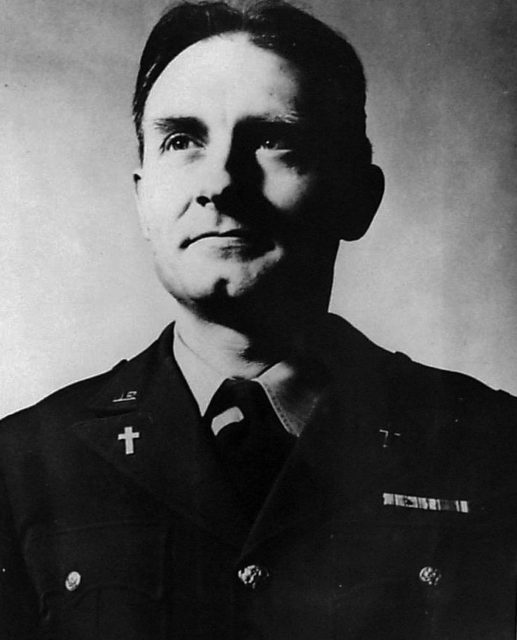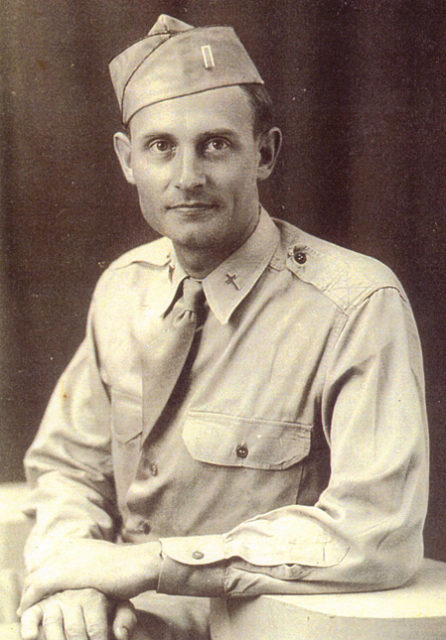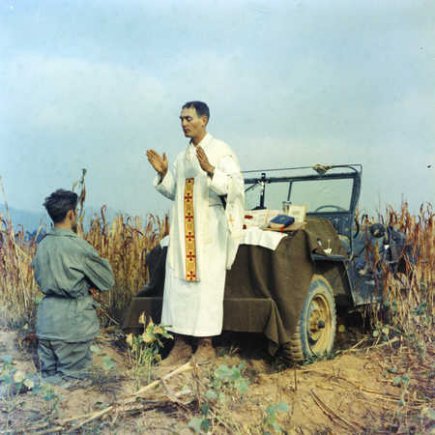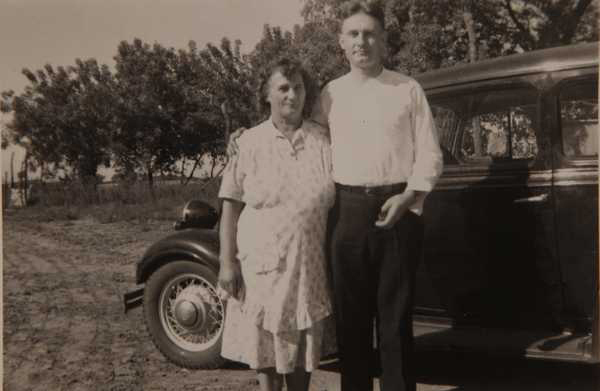On November 2nd, 1950, another battle in the Korean war broke out as a few thousand American soldiers were brutally overrun by ten times their number in Chinese communist forces. During the ensuing chaos, one man ran repeatedly across the front lines into the depths of death to drag wounded men to safety, and to comfort those who were dying.
Even as the American forces called for evacuation, this man ignored his chance for retreat and continued to do everything within his power to go on saving peoples’ lives. One of the men he saved that day was Sgt. Hebert Miller. As he was lying on the ground wounded, a communist soldier was about to finish him off with a rifle until one brave American man ran up, pushed the Chinese soldier to the side instead of killing him, and then picked Sgt. Miller off the ground. The Chinese soldier could have easily ended both of the American soldier’s lives then and there but instead stood stunned at the war hero’s courage and devotion to his brother in arms. This brave man who saved so many lives was none other than the future Medal of Honor recipient, Father Emil Kapaun.

After the Chinese soldier had captured the two men, they became prisoners of war and were lead on death march over 40 miles. Any man who fell behind or couldn’t continue the march was killed on the spot. Father Kapaun carried Sgt. Miller and helped him walk throughout the 40 miles to ensure his safety to the prisoner of war camp. Along the way, he helped save more lives by picking up other soldiers who were about to give up and encouraging them to move on. But the story doesn’t end there.

After induction into a prisoner of war camp, Emil Kapaun would continuously risk his life and sneak out of camp to get food for his fellow prisoners to help them survive their starvation rations. He would help keep other prisoners clean, wash their clothes, and even give them prayer services. The communists hated him for the courage and hope he gave his fellow countrymen. Even after repeated discipline, Father Kapaun would still minister mass in secret when he could. After some time, the Chinese guards forced him to stand in the freezing cold naked for hours until one day, the harsh conditions of the negative and frigid weather made Kapaun sick.

On Easter morning, March 25, 1951, Fr. Kapaun walked up the steps of a church that lay in rubble and turned around to embrace the men he held so dearly. The U.S. Army chaplain wore a pirate patch over his brutally abused eye and held himself up by his self-made cane. This man, whose body was broken and beaten, was still strong in his soul. The 60 ragged, foul smelling men looked on with eyes that glistened with love and hope. Fr. Emil Kapaun raised his small, makeshift cross and began his Easter Morning Prayer service. He led his fellow men in the Rosary, listened to the confessions of his fellow Catholics, and even performed a Baptism.

Sadly, the following Sunday, Fr. Kapaun collapsed. He was then brought the “hospital”, which was known as the death house. As he was taken away, other prisoners cried, but Kapaun comforted them. He said, “Boys, I’m going where I’ve always wanted to go and when I get there, I’ll pray for ya.” The last thing ever seen of Father Emil Kapaun was him blessing the men taking him to his death and praying aloud “Father, forgive them for they know not what they do.”
Since his death, Emil Kapaun has become the most decorated Chaplain in military history. The story of Emil Kapaun is one of bravery, love, and honor for both his religion and his country. Do you think it’s fair to say this man deserves to be canonized?
